In the vast tapestry of Hindu mythology, Lord Shiva stands as one of the most revered and enigmatic figures. Known as “Mahadeva,” the great god, Lord Shiva embodies the essence of creation, preservation, and destruction. His presence is felt throughout the universe, from the swirling galaxies to the minute atoms that form our existence. For those curious about Hinduism, understanding Lord Shiva is akin to unlocking a deeper comprehension of the cosmos itself. But who is Lord Shiva? What makes him such a central figure in Hindu belief? In this blog, we will unravel his significance, explore his mythology, and discuss how Lord Shiva’s teachings remain relevant to our modern spiritual practices.
Origins of Lord Shiva
Lord Shiva is part of the Hindu Trinity, or “Trimurti,” along with Lord Brahma and Lord Vishnu. While Brahma is associated with creation and Vishnu with preservation, Shiva is the force of destruction and transformation. But this destruction is not malevolent. In Hinduism, it represents a cyclical process of renewal. The old must be destroyed for the new to emerge, making Shiva an essential figure in the balance of the universe.
Lord Shiva and His Divine Family
Shiva’s life is intertwined with his family, which includes some of the most significant deities in Hinduism. He is married to Parvathi, the goddess of power and fertility. Together, they symbolize the balance between the masculine and feminine energies of the cosmos. Their two children, Lord Ganesh, the remover of obstacles, and Lord Murugar (also known as Kartikeya), the god of war, are also central figures in Hindu worship.
Each member of this divine family has their unique attributes, but they are all united by their connection to Lord Shiva. For instance, Ganesh, who holds immense popularity worldwide, is often depicted sitting beside his father, Lord Shiva. This familial connection reflects the interdependence of various divine forces in maintaining cosmic balance.
The Symbolism of Shiva’s Appearance
Shiva’s physical form is rife with symbolism. He is often depicted as sitting in deep meditation on Mount Kailash, the sacred mountain believed to be his home. His blue throat, known as Neelkanth, symbolizes his self-sacrifice after swallowing the poison Halahala to save the universe. The third eye on his forehead represents wisdom and insight beyond ordinary perception, while the serpent around his neck reflects his control over the primal forces of nature.
His weapon, the Trishula (trident), represents the three aspects of time—past, present, and future—while his drum, the Damaru, symbolizes the rhythm of creation and destruction. Every facet of Lord Shiva’s appearance tells a deeper story about the universe, spirituality, and our place within it.
Shiva as the Supreme Yogi
One of the most relatable aspects of Lord Shiva is his role as the Adiyogi, the first and greatest yogi. He is often depicted in deep meditation, transcending worldly desires and achieving the highest state of spiritual enlightenment. Shiva’s example as a yogi resonates with those seeking inner peace and spiritual growth. His teachings on detachment and self-discipline provide valuable lessons for people today.
By following Shiva’s example, many devotees engage in practices like meditation and yoga to achieve a sense of inner calm. Shiva’s yogic lifestyle, which balances the physical and the spiritual, resonates with those looking for a holistic approach to life, where the material and spiritual worlds are in harmony.
Story of Shiva and Rudraksha
No discussion of Lord Shiva would be complete without mentioning Rudraksha beads, which are closely associated with him. According to legend, these beads originated from the tears of Lord Shiva. As Shiva meditated for the welfare of the universe, tears of compassion fell from his eyes, forming the sacred Rudraksha trees. The beads from these trees are believed to have immense spiritual power, offering protection, enhancing concentration, and promoting inner peace.
Devotees often wear Rudraksha beads as a form of devotion to Lord Shiva. These beads have been used for centuries in meditation practices to align oneself with Shiva’s energy. At spiritualguru.lk, you can find a variety of authentic Rudraksha beads, which are said to channel the spiritual energy of Lord Shiva into the wearer’s life.
Role of Shiva in Hindu Festivals and Rituals
Shiva is at the heart of many Hindu festivals. Most notably Maha Shivaratri, which celebrates his cosmic dance of creation and destruction, the Tandava. This festival, held annually, is marked by fasting, night-long vigils, and the chanting of Shiva’s mantras. Devotees believe that through their dedication on this night, they can achieve liberation from the cycle of birth and death.
Beyond festivals, Lord Shiva is also honored through daily rituals. His devotees often offer Bilva leaves, milk, and water to the Shiva Lingam, a symbolic representation of Shiva’s divine energy. These rituals reflect the simplicity and accessibility of Shiva worship—anyone, regardless of caste or status, can connect with the deity.
Shiva’s Connection with Nature
One of the most beautiful aspects of Lord Shiva is his profound connection with nature. His abode, Mount Kailash, symbolizes the stillness and serenity of nature, while the Ganga, the sacred river, flows from his matted hair, representing the life-giving force of water. His animal companion, Nandi, the bull, symbolizes strength and righteousness.
Shiva’s connection to the elements—earth, water, fire, air, and space—demonstrates his role as the ultimate guardian of nature. In today’s world, as we face environmental challenges, Shiva’s teachings remind us of the importance of living in harmony with the natural world.
Modern Relevance of Lord Shiva
Although Lord Shiva’s origins are rooted in ancient mythology, his teachings and symbolism are profoundly relevant in today’s world. His lessons of balance, transformation, and self-discipline resonate with people seeking spiritual guidance amidst the complexities of modern life. Whether it’s through meditation, the practice of yoga, or the wearing of Rudraksha beads, Lord Shiva continues to inspire devotees worldwide.
In a time when people are constantly searching for inner peace and connection, Lord Shiva’s yogic lifestyle offers a blueprint for achieving serenity. His teachings emphasize detachment from material desires, control over the mind, and an understanding of the impermanence of life—all of which are as relevant today as they were thousands of years ago.
Conclusion: Embracing Shiva in Daily Life
Understanding who Lord Shiva is goes beyond his mythological tales and divine powers. It’s about connecting with the universal truths he represents—transformation, balance, and enlightenment. For those interested in Hinduism or looking to deepen their spiritual journey, Shiva serves as an eternal guide.
Whether you’re chanting his sacred mantras, meditating on his teachings. Or wearing Rudraksha beads to invoke his energy, Lord Shiva’s presence in your life can bring clarity, peace, and a deeper connection to the universe.
To explore more about Lord Shiva and enhance your spiritual practices. Consider visiting spiritualguru.lk, where you can find a range of spiritual accessories like Rudraksha beads and statues of Lord Shiva to assist you on your journey.

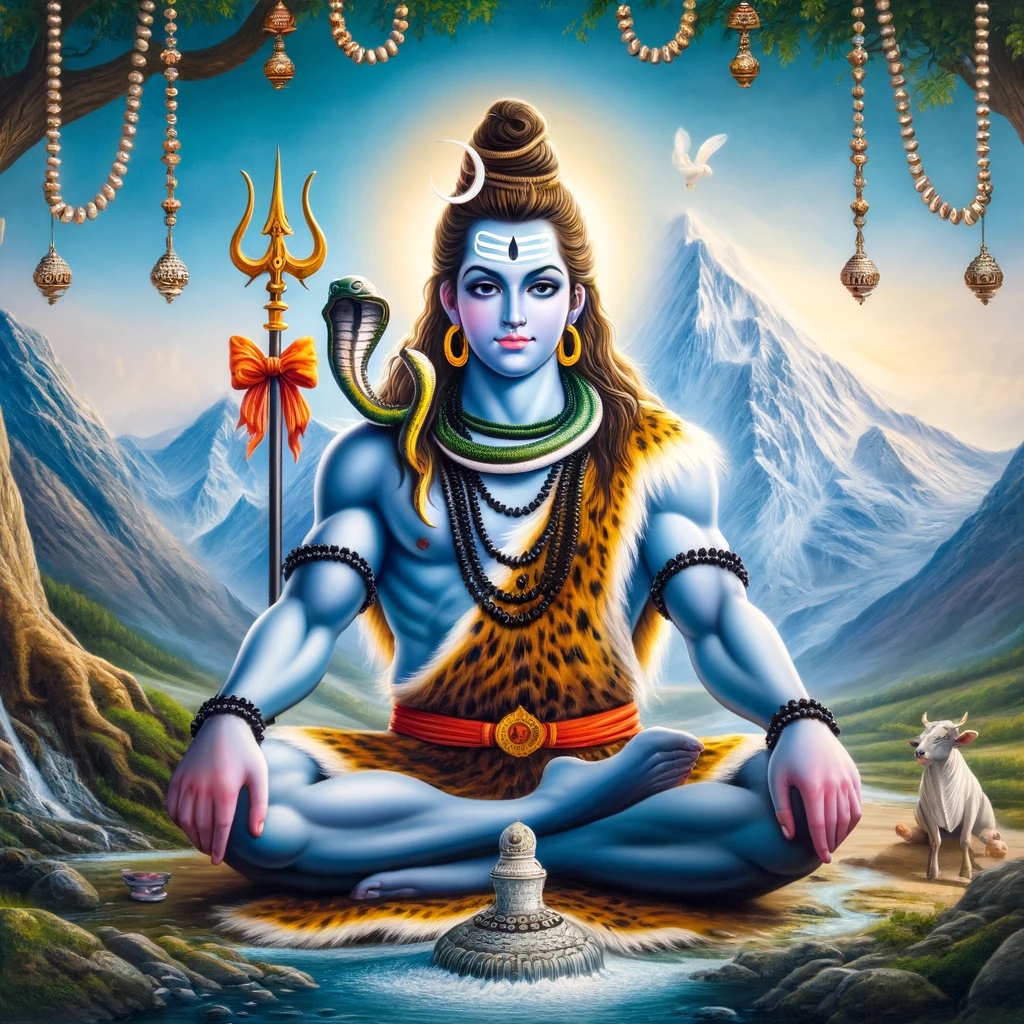
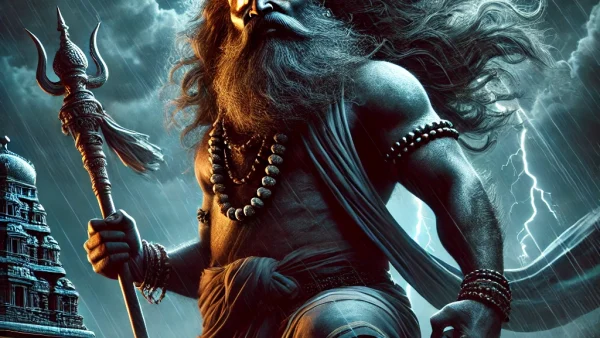
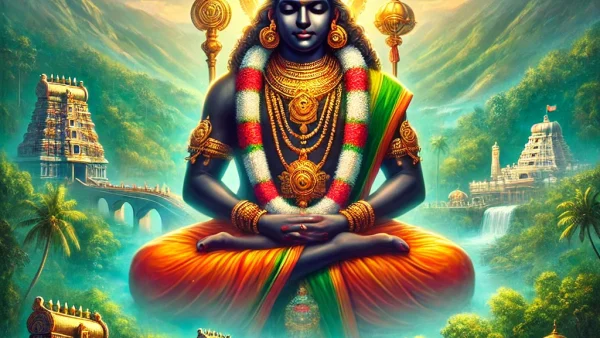
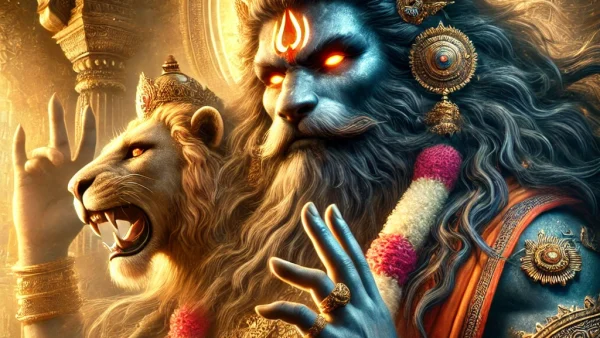
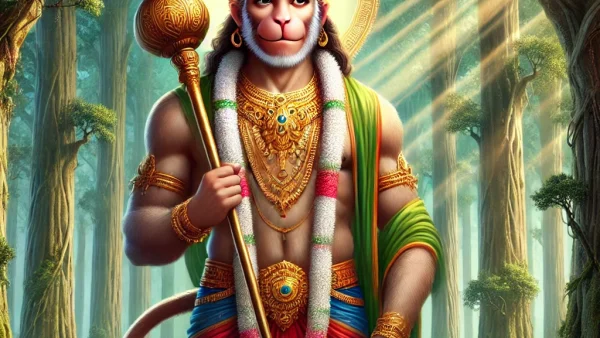
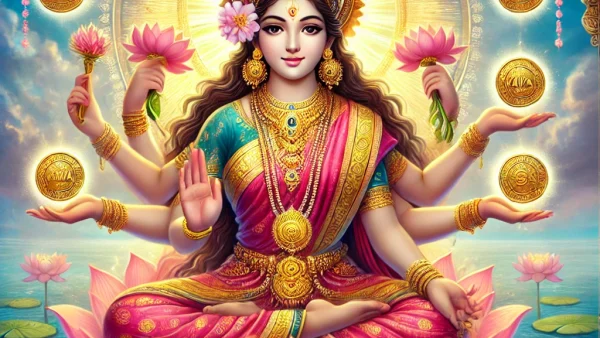
Pingback: Who is Lord Vishnu? The Preserver of the Universe - Spiritual Guru
Pingback: Who is Lord Kartikeya? The Warrior God of Hinduism - Spiritual Guru
Pingback: Rudraksha Divine Bead of Lord Shiva
Pingback: Who is Goddess Parvati? The Divine Mother and Consort of Lord Shiva - Spiritual Guru
Pingback: Who is Lord Ganesh? - Spiritual Guru
Pingback: Will Rudraksha Sink in Water? | Rudraksha Authenticity- Spiritual Guru
Pingback: Are Rudraksha Effective? | Power of Rudraksha - Spiritual Guru
Pingback: What are Rudraksha Beads? | Connection to Lord Shiva - Spiritual Guru
Pingback: How are Rudraksha Made? A Journey from Seed to Sacred Bead - Spiritual Guru
Pingback: Where Are Rudraksha Found? A Journey into Their Sacred Origins - Spiritual Guru
Pingback: Are Small Rudraksha Real? Truth Behind Rudraksha Sizes - Spiritual Guru
Pingback: Can Rudraksha Be Worn in Black Thread? - Spiritual Guru
Pingback: How Rudraksha Works? A Sacred Gift from Lord Shiva - Spiritual Guru
Pingback: What is Vibhuti? Sacred Ash of Shiva - Spiritual Guru
Pingback: Why Does Rudraksha Become Black? Unraveling the Mystery - Spiritual Guru
Pingback: Who Can Wear Rudraksha? - Spiritual Guru
Pingback: Which karungali malai is best? - Spiritual Guru
Pingback: Rudraksha Mala vs Tulsi Mala - Spiritual Guru
Pingback: Nirakar Rudraksha - Spiritual Guru
Pingback: Where to Find a Spiritual Guru - Spiritual Guru
Pingback: Why Shaligram is Worshipped Sacred Stone of Lord Vishnu - Spiritual Guru
Pingback: Shaligram and Shivling - Spiritual Guru
Pingback: When to Wear Rudraksha for the First Time? - Spiritual Guru
Pingback: Who is Durga? Unraveling the Divine Power of the Goddess - Spiritual Guru
Pingback: Benefits Of 10 Mukhi Rudraksha - Spiritual Guru
Pingback: 9 Mukhi Rudraksha Benefits - Spiritual Guru
Pingback: Benefits of 15 Mukhi Rudraksha - Spiritual Guru
Pingback: Benefits of 16 Mukhi Rudraksha for Protection and Transformation - Spiritual Guru
Pingback: Who is Lord Mahakaal? Eternal Guardian of Time - Dharma Pulse
Pingback: Benefits of 18 Mukhi Rudraksha - Spiritual Guru
Pingback: Benefits of 21 Mukhi Rudraksha - Spiritual Guru
Pingback: Benefits of 22 Mukhi Rudraksha - Spiritual Guru
Pingback: Who is Lord Kuberan? Guardian of Wealth and Prosperity - Spiritual Guru
Pingback: What is Moksha? Freedom Beyond Death and Rebirth - Spiritual Guru
Pingback: Vayu: The God of Wind - Dharma Pulse
Pingback: Who is Hanuman? Exploring the Legacy and Significance - Spiritual Guru
Pingback: What is a Shiva Lingam? - Spiritual Guru
Pingback: Kubera: The God of Wealth and Prosperity - Dharma Pulse
Pingback: How to Worship Shiva Lingam at Home: A Step-by-Step Guide - Spiritual Guru
Pingback: Who is Pattinathar Siddhar? - Dharma Pulse
Pingback: Who Is Ramadevar Siddhar - Dharma Pulse
Pingback: Who Is Kudambai Siddhar? - Dharma Pulse
Pingback: Who is Lord Natarajan? - Dharma Pulse
Pingback: What is Yoga? - Spiritual Guru
Pingback: Why Is a Guru Important? - Dharma Pulse
Pingback: What is Panchami Tithi? - Spiritual Guru
Pingback: Rudraksha Divine Bead of Lord Shiva